Conserving Forest Ecosystems: 8 Methods and Practices
- August 6, 2024
- 0 comment
When we think of the earth’s lungs, we often picture vast, verdant forests teeming with life. These forest ecosystems are vital for maintaining global biodiversity, regulating the climate, and sustaining human livelihoods. Over the years, I’ve come to understand that conserving these precious ecosystems is not just an environmental concern but a responsibility we all share. Through research and firsthand experience, I’ve discovered numerous methods and practices that can effectively contribute to forest conservation. Here, I’ll share eight of the most impactful methods, along with insights into their implementation and benefits.
8 Methods and Practices Conserving Forest Ecosystems:
- Sustainable Forestry Management
- Reforestation and Afforestation
- Protected Areas and Wildlife Sanctuaries
- Community-Based Forest Management
- Agroforestry Practices
- Legal Frameworks and Policies
- Conservation Education and Awareness
- Technological Innovations
Understanding the Importance of Forest Ecosystems
Forests cover about 31% of the Earth’s land area and host more than 80% of the terrestrial species of animals, plants, and fungi. They play a crucial role in regulating the planet’s temperature by absorbing carbon dioxide and releasing oxygen. Furthermore, they support the livelihoods of over 1.6 billion people, providing resources like timber, food, and medicine. Recognizing these functions underscores the urgency of conserving forest ecosystems.
1. Sustainable Forestry Management
Sustainable forestry management (SFM) involves the careful planning and management of forest resources to meet current needs without compromising future generations’ ability to do the same.
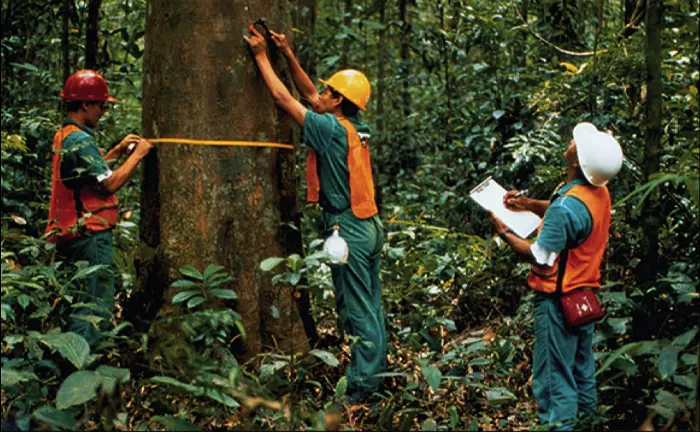
This method includes practices such as selective logging, which minimizes damage to surrounding trees and maintains the forest’s structure and function.
I’ve seen how SFM can help balance economic interests with environmental preservation, ensuring that forests continue to provide resources and ecological benefits.
2. Reforestation and Afforestation
Reforestation and afforestation are pivotal practices for restoring degraded lands and expanding forested areas. Reforestation involves replanting trees in deforested areas, while afforestation refers to planting trees in areas that were not previously forested.
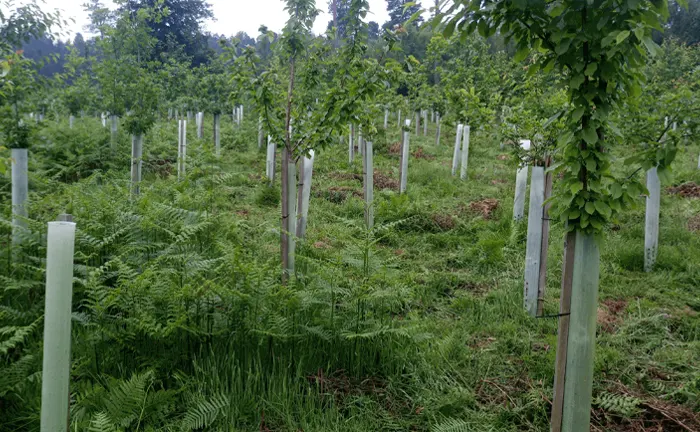
Both practices enhance carbon sequestration, improve biodiversity, and combat soil erosion. Participating in local tree-planting initiatives has shown me the tangible benefits these methods bring to both the environment and local communities.
3. Protected Areas and Wildlife Sanctuaries
Establishing protected areas and wildlife sanctuaries is a critical strategy for conserving forest ecosystems. These designated areas restrict human activities that could harm the environment, such as logging, mining, and agricultural expansion.

Visiting various national parks and reserves, I’ve witnessed how these sanctuaries provide safe havens for endangered species and help preserve unique ecosystems.
4. Community-Based Forest Management
Community-based forest management (CBFM) empowers local communities to manage and protect their forests. By involving those who depend on the forest for their livelihoods, CBFM fosters a sense of ownership and responsibility.
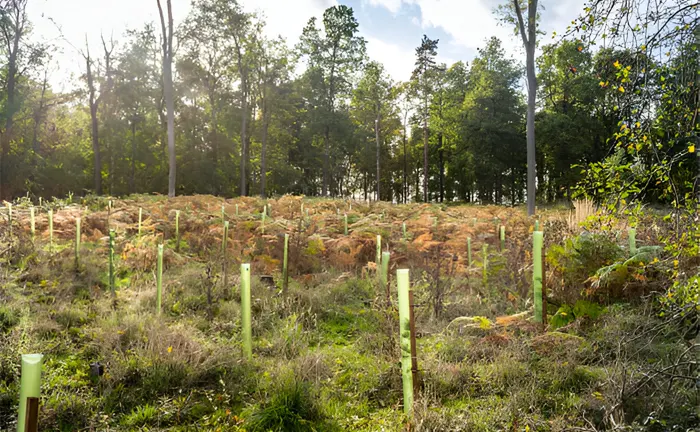
In my experience, communities engaged in CBFM practices often develop sustainable income sources, such as ecotourism or non-timber forest products, which further incentivize conservation efforts.
5. Agroforestry Practices
Agroforestry integrates trees and shrubs into agricultural landscapes, creating a more sustainable and productive system.
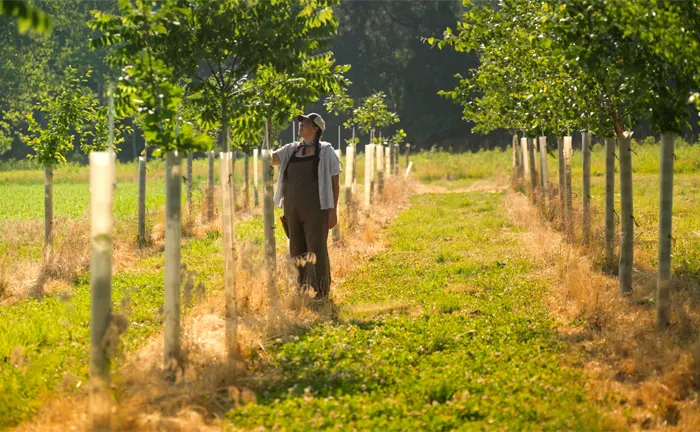
This practice enhances biodiversity, improves soil health, and provides additional income streams for farmers. I’ve visited agroforestry projects where farmers grow crops alongside trees, benefiting from increased yields and reduced dependency on chemical fertilizers and pesticides.
6. Legal Frameworks and Policies
Effective conservation requires robust legal frameworks and policies. Governments must enforce laws that protect forests from illegal logging, land conversion, and other destructive activities.

Advocacy and policy work can be challenging, but they are essential for creating lasting change. Witnessing the impact of stringent forestry laws in countries like Costa Rica, where deforestation rates have plummeted, has been truly inspiring.
7. Conservation Education and Awareness
Educating the public about the importance of forest ecosystems and conservation methods is crucial. Awareness campaigns, school programs, and community workshops can foster a culture of environmental stewardship.
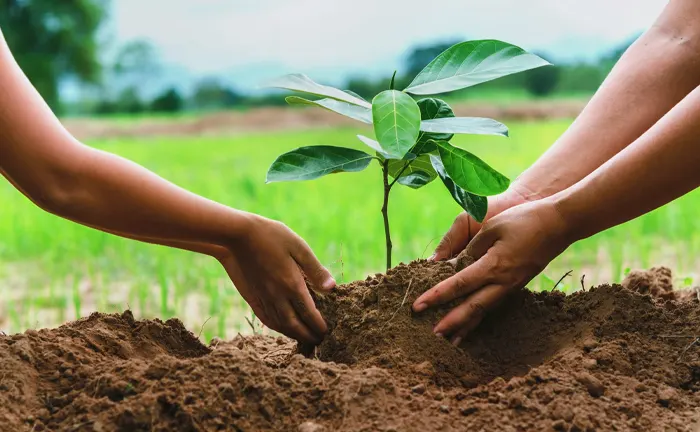
I’ve participated in educational initiatives that teach people of all ages about the value of forests and how they can contribute to conservation efforts, and the positive response has been overwhelming.
8. Technological Innovations
Technological advancements offer new tools for monitoring and conserving forest ecosystems. Remote sensing, satellite imagery, and drones can help track deforestation and forest health in real-time.
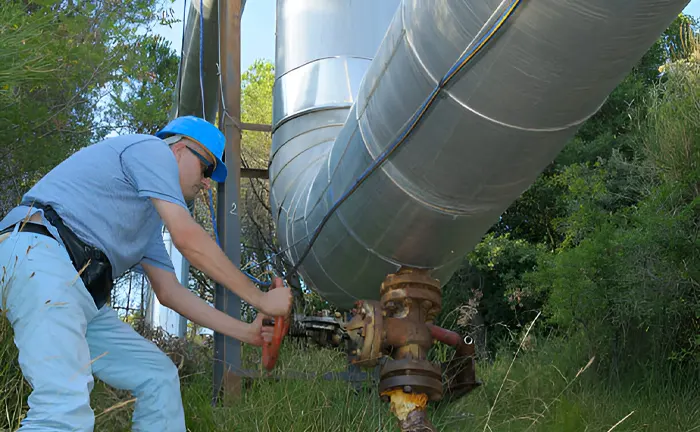
Additionally, mobile apps and online platforms enable communities and conservationists to report illegal activities and share data. Embracing technology has allowed me to stay updated on global conservation efforts and collaborate with others more effectively.
Personal Reflections on Forest Conservation
Throughout my journey in forest conservation, I’ve realized that protecting these ecosystems requires a multifaceted approach. Each method and practice, whether it’s community engagement, policy advocacy, or technological innovation, plays a crucial role in safeguarding our forests. The success of these efforts depends on the collaboration between governments, non-profits, local communities, and individuals like us.
One memorable experience was visiting a community-led reforestation project in Kenya. The dedication of the locals, who had transformed barren land into a thriving forest, was truly inspiring. They not only restored the environment but also improved their quality of life through sustainable practices. This experience reinforced my belief that grassroots efforts are essential for effective conservation.
Methods of Forest Conservation
Forest conservation encompasses a variety of strategies aimed at mitigating climate change, preserving biodiversity, and maintaining ecosystem integrity. This article highlights several effective methods for achieving these goals.
Among the most widely recognized methods of forest conservation are controlled deforestation, sustainable land management, forest fire prevention, reforestation, and improved farming practices. Additional approaches include engaging local communities, regulating overgrazing, employing Indigenous forest conservation techniques, and implementing land sparing.
Reforestation as a Powerful Forest Conservation Method
Reforestation is the practice of allowing existing forests to continue growing, thereby enhancing their role as significant carbon sinks and biodiversity havens. This method has the potential to revolutionize forest conservation efforts.
“In recent decades, afforestation and reforestation have received substantial attention. A newly proposed concept, reforestation, offers a promising, complementary approach to these practices.” —Massimiliano San-Filippo, Senior Carbon and Natural Climate Solutions Expert at Single Earth.
Reforestation can effectively and rapidly reduce forest loss. Existing trees sequester carbon at a faster rate than newly planted or young trees, making reforestation a highly effective method for forest conservation and biodiversity protection worldwide.
“It’s not that we shouldn’t pursue afforestation and reforestation; we should. However, their benefits will be realized further in the future. To meet our immediate climate goals, we need greater carbon sequestration by natural systems now.” —William Moomaw, Professor Emeritus of International Environmental Policy at Tufts University
William Moomaw, a leading advocate of reforestation, suggests compensating forest owners, even those with small plots, for the ecosystem services their forests provide, such as carbon storage and promoting old-growth biodiversity. This approach would significantly advance forest conservation efforts.
Final Concluding Thoughts
Conserving forest ecosystems is an ongoing and collaborative effort that requires the dedication of individuals, communities, governments, and organizations worldwide. By embracing sustainable forestry management, reforestation, protected areas, community-based management, agroforestry, robust legal frameworks, education, and technology, we can make significant strides in protecting our forests. Each of us has a role to play in this vital mission, and through our collective efforts, we can ensure that these incredible ecosystems continue to thrive for generations to come.
Frequently Asked Questions
- What is sustainable forestry management?
Sustainable forestry management involves planning and managing forest resources to meet current needs while ensuring that future generations can also benefit from them. It includes practices like selective logging and maintaining forest health. - How does reforestation differ from afforestation?
Reforestation involves planting trees in areas that were previously forested but have been deforested. Afforestation refers to planting trees in areas that were not previously forested. - Why are protected areas important for forest conservation?
Protected areas and wildlife sanctuaries restrict harmful human activities, providing safe habitats for wildlife and preserving unique ecosystems. - What is community-based forest management?
Community-based forest management empowers local communities to manage and protect their forests, fostering a sense of ownership and responsibility. - How does agroforestry benefit both farmers and the environment?
Agroforestry integrates trees into agricultural landscapes, enhancing biodiversity, improving soil health, and providing additional income streams for farmers. - What role do legal frameworks play in forest conservation?
Robust legal frameworks and policies protect forests from illegal activities and ensure sustainable management practices are enforced. - Why is conservation education important?
Educating the public about the importance of forests and conservation methods fosters a culture of environmental stewardship and encourages more people to take action. - How can technology aid in forest conservation?
Technological advancements like remote sensing, satellite imagery, and mobile apps help monitor deforestation, track forest health, and enable real-time reporting of illegal activities. - How do forests support biodiversity?
Forests provide habitats for a vast array of species, supporting over 80% of the terrestrial animals, plants, and fungi, which contributes to ecological balance and resilience. - Can individual actions make a difference in forest conservation?
Absolutely. Individual actions like reducing paper consumption, supporting sustainable products, participating in tree-planting programs, and advocating for forest-friendly policies can collectively make a significant impact.
We’d love to hear from you! Share your personal experiences and thoughts about sustainable forestry management in the comments section below. Your insights could help fellow conservationists make informed decisions!
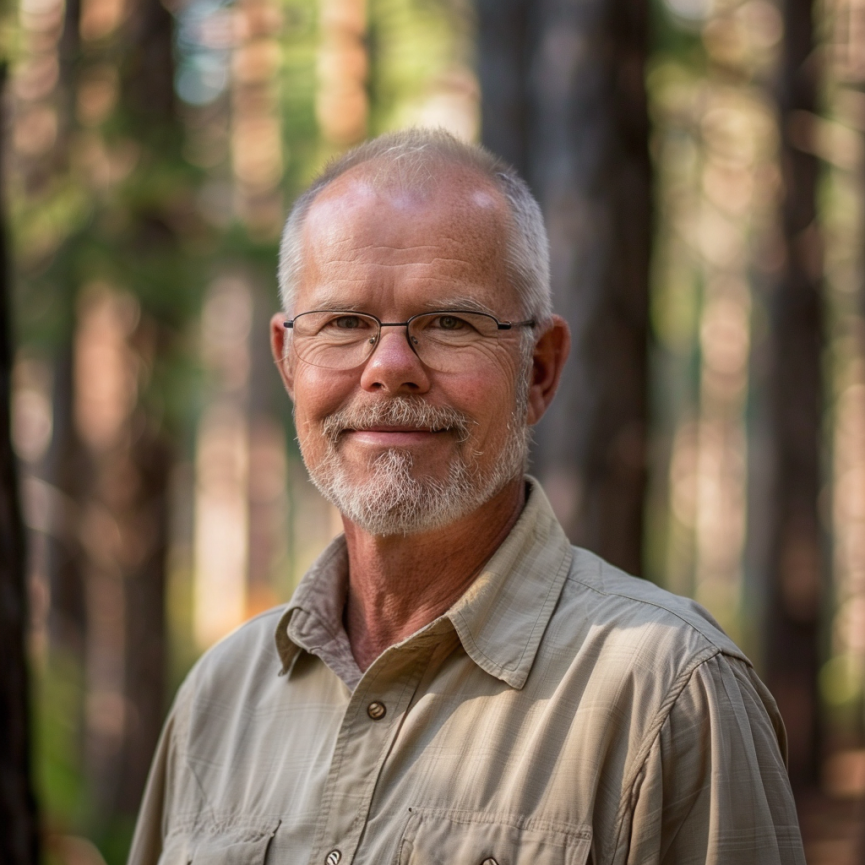
Gilbert Griffin
Forestry AuthorGilbert Griffin is a forest management expert specializing in sustainable practices, forest health, conservation, and land management. With extensive knowledge in pest control, disease management, and habitat restoration, Gilbert develops strategies to preserve forest ecosystems and biodiversity. Passionate about the natural world, Gilbert adapts to changes in forest management and stays updated through continuous learning. Gilbert also provides seasonal advice to optimize forest care throughout the year.


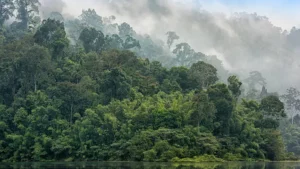
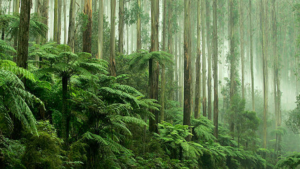
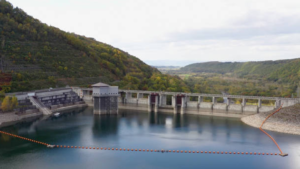

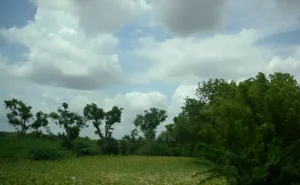
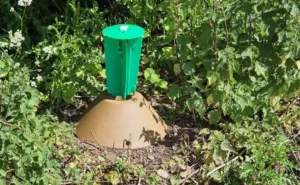

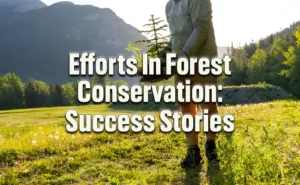
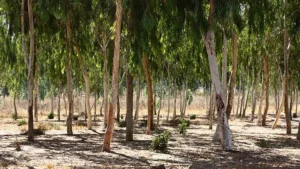


Leave your comment